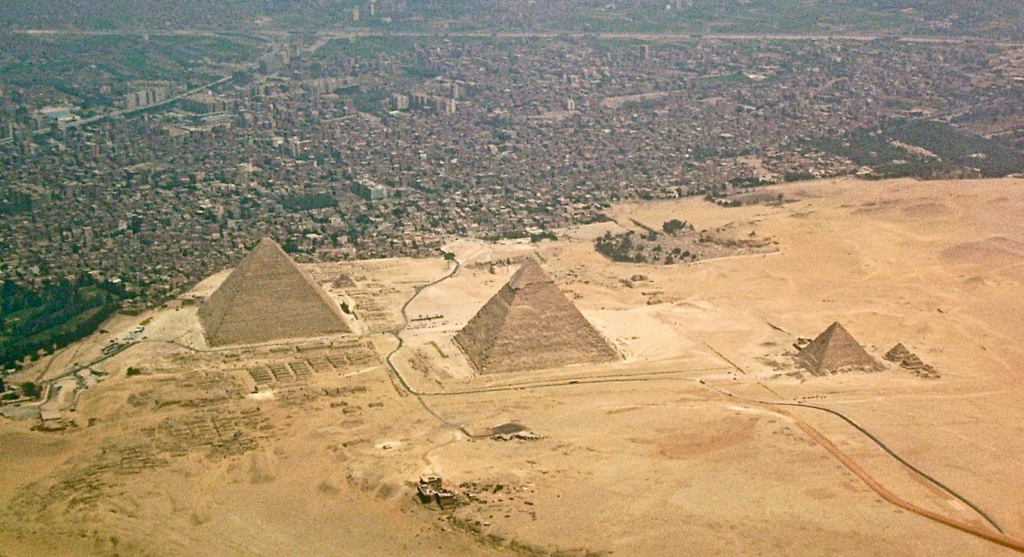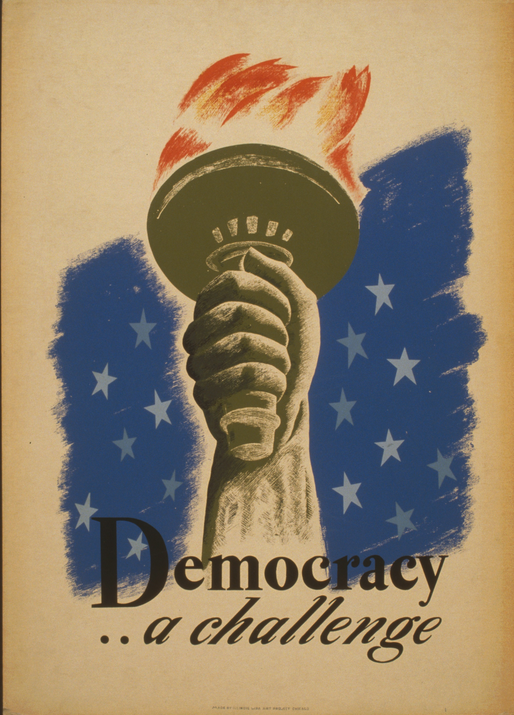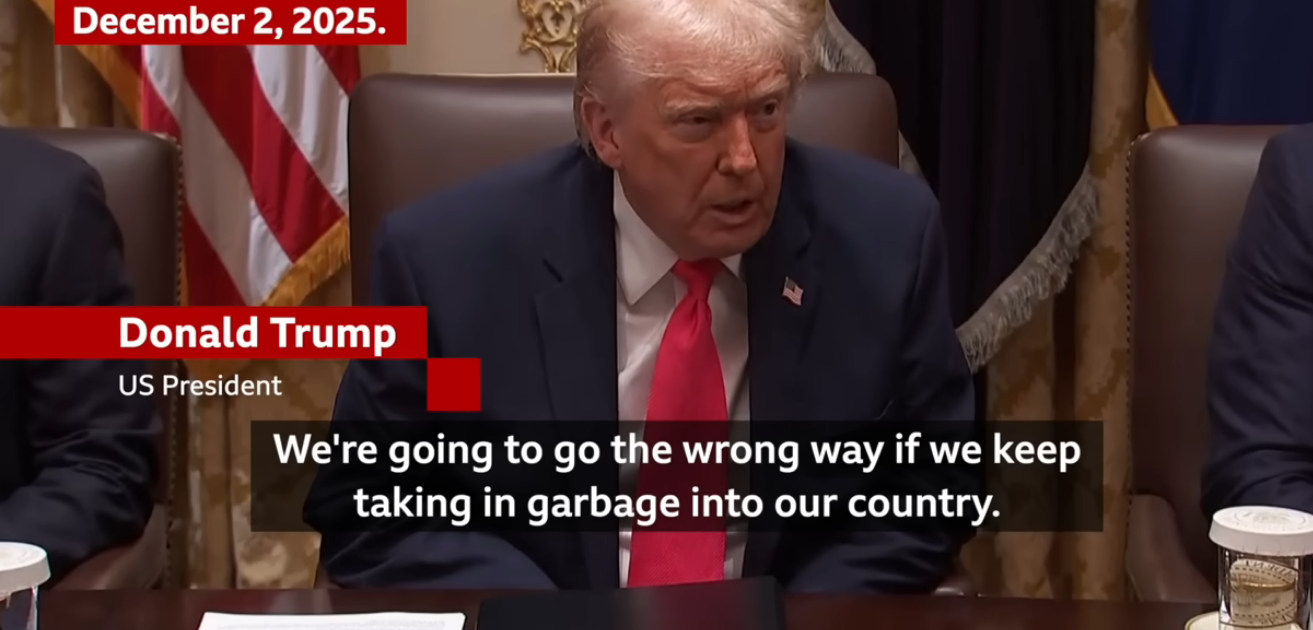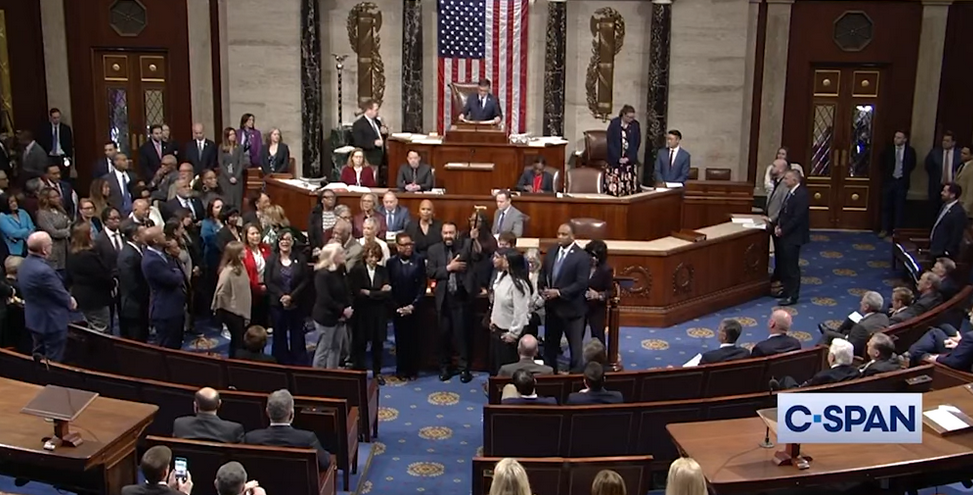By Dr. Brooks Robinson\Black Economics
Photos: Wikimedia Commons
Whether you are a Black or non-Black American, the time expended reading this analysis brief should prove to be worthwhile. It presents a series of analytical statements that are left for your rationalization and agreement/disagreement in your mind, spirit, and future actions.
(RS) Remaining Small

In your youth there may have been nothing more rewarding than small achievements: Completing a task well that was assigned by your parents; acing a class assignment; completing a science or woodworking shop project; learning on your own or with a trusted friend how to repair a bicycle; or growing your first plants in a garden.
These rewarding experiences were produced in a small environment—a nuclear family. The word “nuclear” is instructive. What is the most powerful force that humans have produced? A nuclear explosion! It stands to reason, then, that the value of the family—a nuclear unit—can be immensely powerful if it is nurtured and developed properly. Importantly, the family must evolve using natural, scientific principles to produce its requirements through its inherent power, which is emblematic of nuclear power. Under these conditions, outcomes will be favorable if the family is not greedy, hoggish, or excessive.
A parallel idea about the family is that it is the “building block” of a society.
If all of this is true then we should ask: Why have those who control the society made every effort to promote and foster individualism, not family unity, and have disrupted the family’s fundamental nature? If there are no sound “building blocks,” then a sound society cannot form. Therefore, those with power to control today’s society have a limited interest in ensuring a sound society. Rather, their desire is to ensure that the society continues to serve as a source of wealth.
(PS) Pyramid Schemes

Following directly from the RS section, we are all familiar with childhood building blocks—at least those of us of a certain age. We were taught or learned to use building blocks to build a pyramid: A few blocks in sequence, topped by fewer blocks at the next, higher level, and so on up until we reach an apex where only one block fits at the top of the pyramid.
Imagine that the building blocks are families and that each family is a nuclear (most powerful) unit that is soundly developed—without greed, hoggishness, or excess. Then this societal pyramid will be exceptionally strong. Is this the symbolism of the Pyramids of Giza?
If a pyramid is constructed well, then the increasing force and weight that is distributed up and down the pyramid stabilizes the structure, it is very difficult to disrupt it from the bottom. However, the top is open to disruption—dislodging the block at the apex of the pyramid is relatively easy. In other words, if the pyramid’s apex block is dislodged, then bit-by-bit, lower blocks and rows can be dislodged. Ultimately, the entire pyramid can be decimated.
It is especially important to consider the foregoing points because, even if each block is a nuclear power, once a block is trapped in a pyramidal structure, it cannot easily dislodge itself to take independent action. Hence, a pyramid may be a poor structural arrangement for designing a society.
If each building block (a nuclear family) is powerful, then it may be best to not trap that power in a system that restricts its ability to respond to problems. Rather, the best approach may be to keep societal and organizational structures flat. In this way, each building block is not adversely constrained by downward pressure, but can use its power freely and flexibly to respond to its own requirements and those with which it is engaged.
We can see with our minds eye Afrikan villages with individual huts and multiple-hut-compounds, but not large, towering skyscrapers that channel increasingly intensified downward pressure on families and workers and prevent them from acting independently in response to their needs.
It is an open secret that “pyramid schemes are ‘bads.’” Yet the entire Western World is built on the pyramid concept. The pyramid appears on US currency. It could be that those societies that constructed pyramids as a display of power disappeared from the annals of time because they opted for a pyramidal approach to building their societies, as opposed to keeping societal structures flat and flexible.
(G) Government
Following directly from the RS and PS sections, government is a natural product of societies that become “developed;” especially those that grow using a pyramidal approach. Logically, when a “society” grows to a point where “market failures” become problematic, those who are in a position (possessing knowledge, wealth, and power) to do so typically organize and propose an arrangement (government) that is expected to organize the society into a collective that helps resolve market failures.
As you might imagine, and as we have seen from the beginning in the US and elsewhere, those first shapers of government usually come to control it. And because of their greediness, hoggishness, and excessiveness, they come to leverage government for their own benefit. Even as a non-historian, it is easy to conclude that there are few if any governments that are not disproportionately and inappropriately leveraged by the wealthy and knowledgeable for their benefit and to the disbenefit of those trapped at the bottom of the pyramid scheme.
Therefore, those embarking on efforts to form new societies should be wary of organizing a
government that uses a pyramidal approach to help resolve market failures.
(D) Democracy

Almost everywhere “democracy” is announced as the form of government, it is a farcical announcement. Democracy as practiced is usually just a pyramid scheme. We already discussed above inherent problems with pyramid schemes. So why are the People fooled into accepting and basking in warm sounding words, the sweet music of anthems, and eloquent speeches of politicians who purport to lead democracies. Representative governments are not pure democracies.
Arguably, those who established democracies in the past could have been (but doubtfully) well-intentioned when they combined “democracy” (governance by the many) with “representativeness,” which ultimately becomes governance by the very few. In the past, due to human and technological limitations, it was difficult, if not impossible, to operate “democratic governments” that were not pyramidal (representative in nature).
However, today the technology exists to establish a “purer democracy.” We invite readers to consider a paper that provides a straightforward framework for establishing such a purer democracy using existing technology (see Endnote i)[.i]
This purer democracy can be organized to operate as a one-person, one-vote reality. Under such “democratic” governance, the wealthy’s power is reduced, their middlemen/women representatives are displaced, and each taxpayer citizen has an equal opportunity to organize efforts to improve outcomes in the society.
Ironically, under a purer democracy, the wealthy’s exclusiveness ensures that their powers are limited—to the extent that the non-wealthy do not permit the wealthy to purchase their votes. In fact, each non-wealthy citizen would be unwise to join with the wealthy few to retain control of government and continue oppressing the non-wealthy many when the latter can limit the wealthy few’s influence to singular votes by taxing away their wealth.
And this brings us to our final point which is intended for Black Americans alone.
Simply put, Black America’s needs cannot be met by democracy in a US environment. Democracy, which is touted as a one person one vote concept with majority requirements, cannot and will not willy nilly render justice to Black Americans because we do not constitute a majority. One of three transformations are required if Black America is to ever benefit significantly from “US democracy:” (i) The Black American population swells to exceed 50 percent of the US population (not likely); (ii) Black Americans become so wealthy that we can buy the politicians and votes required to produce the outcomes that we desire; and (iii) there is a complete change in the hearts and minds of enough non-Black Americans that they agree to join us in our pursuit of justice and the production of fair outcomes—including all provisions of classic Reparations conventions.
In other words, the only logical and legal way for Black Americans to be guaranteed a fair chance at justice is to come to control our own areas of influence (communities), cities (not Sanctuary, 4 but Black-controlled cities), counties, states, or regions of the country within which we control all operational aspects and are largely independent of non-Black operators. And even under these conditions, the remainder of the nation could seek to influence outcomes where authority is not ensconced in “states’ rights.”
In today’s context, just 31 days before the November 5, 2024 US Presidential Election, let us comprehend our reality. Let us agree that a picture can paint a thousand words. If you join in that agreement, then we urge you to view the lead photograph of a September 24, 2024 New York Times front page (above-the-fold) article, “Behind Kamala Harris’s Rise: Silicon Valley’s Wealthiest Woman” by Theodore Schleifer. Please read the entire story. However, do not fail to zoom in on the placement of Lauren Powell Jobs’ hand in the middle of Kamala Harris’s back (a spot known to be the most vulnerable for humans), and then remember that Kamala Harris is the Vice-President of the US now seeking the office of President—the highest political office in the land. Currently, she stands a heartbeat away from being President of the most powerful nation in the world. Also remember, in certain nations, it is improper (illegal) to touch leadership. Now let your mind run wild imagining what that photograph, that hand, and that article is conveying to Black
America—to all of America.

Dr. Brooks Robinson is the founder of the Black Economics.org website.




